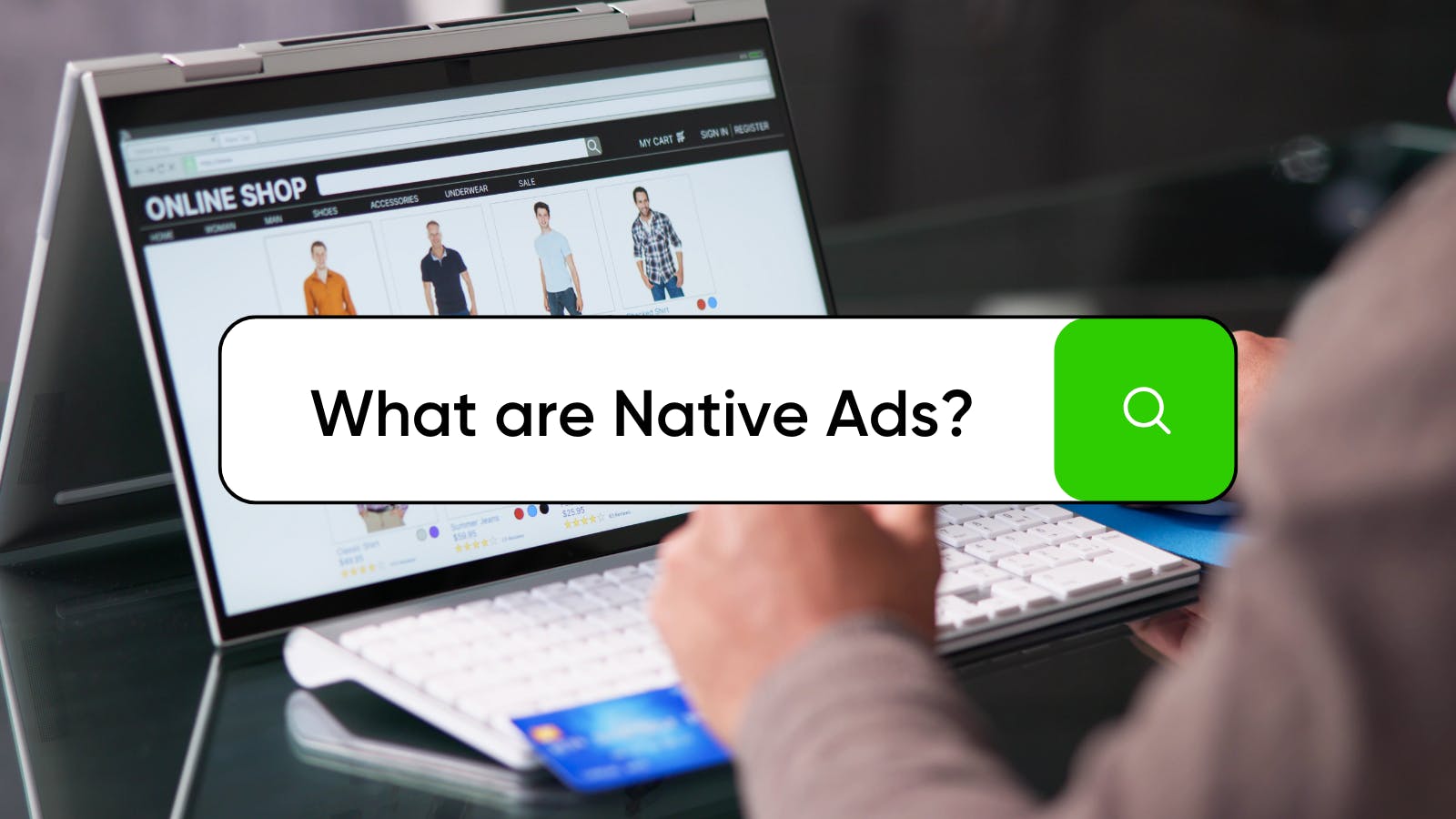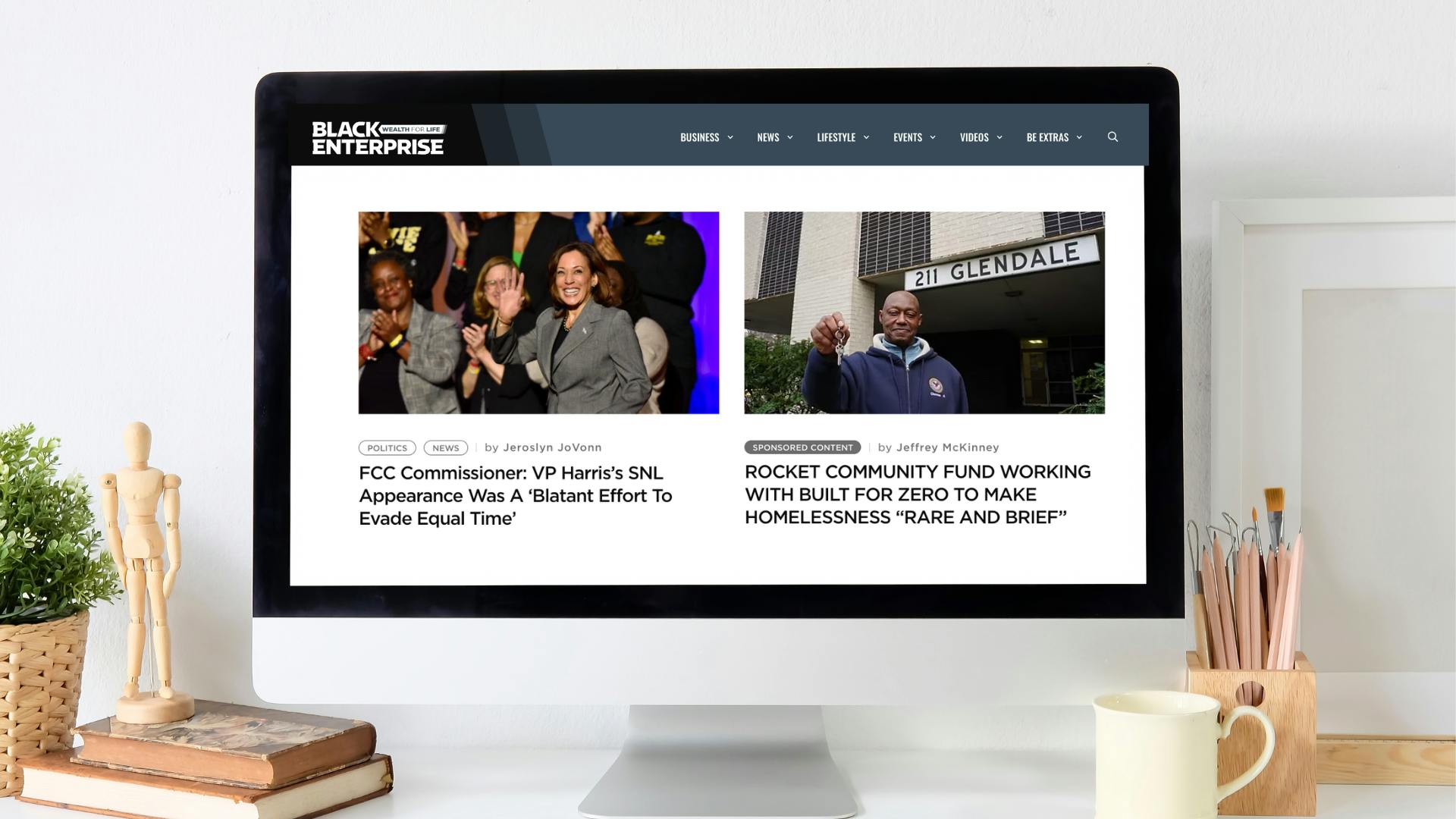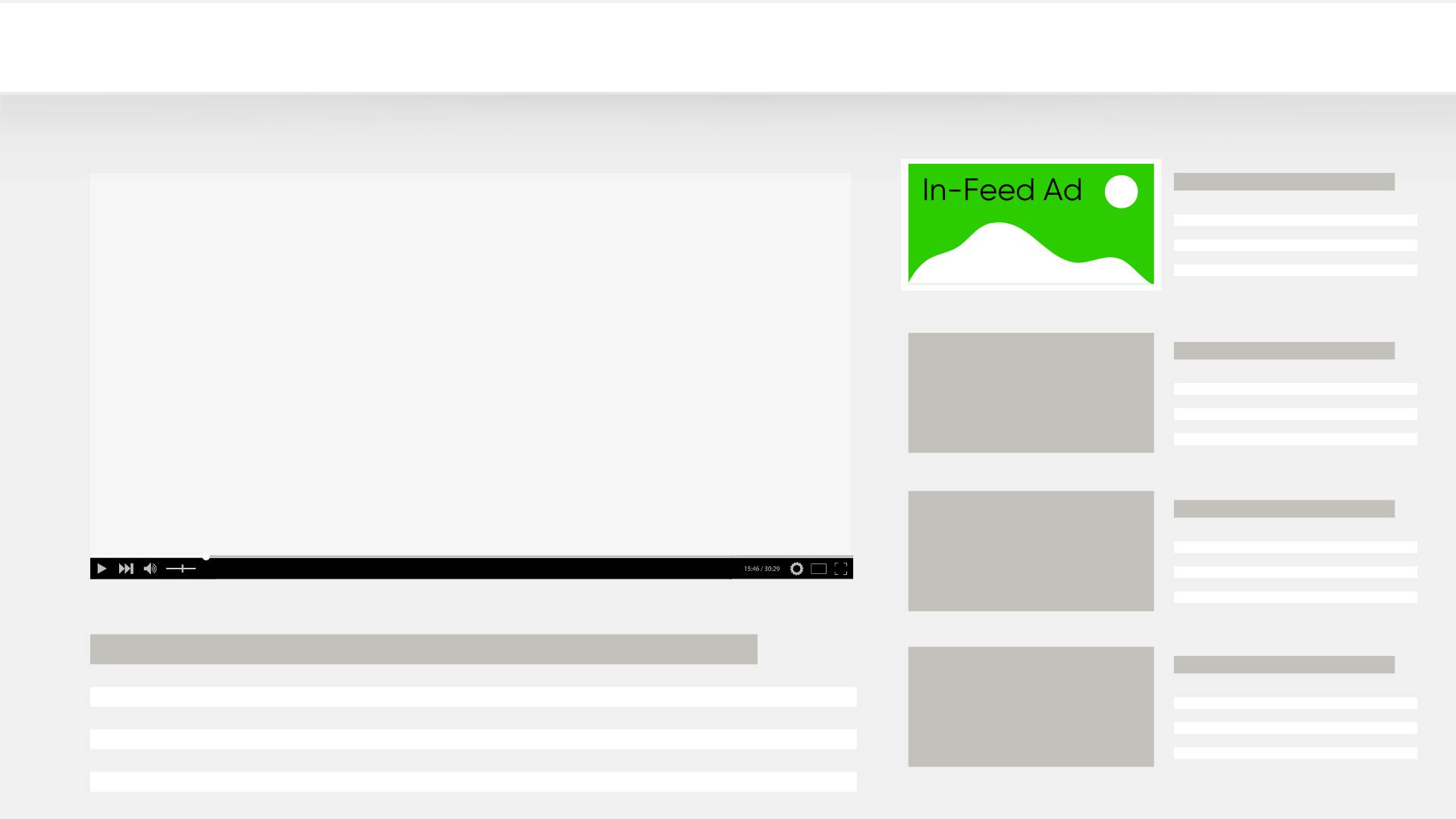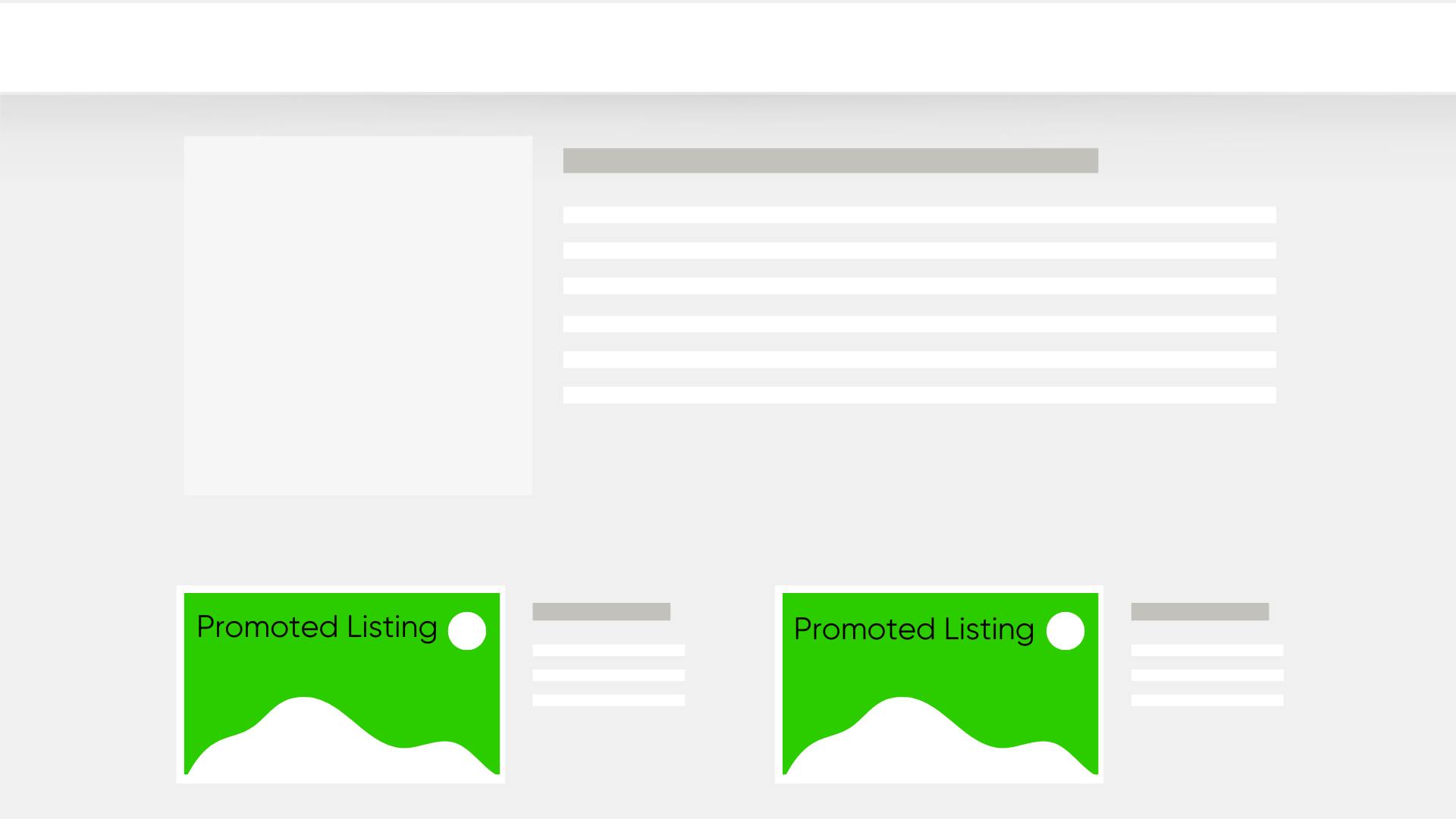What are Native Ads?
Native ads have become a highly effective tool for engaging audiences while maintaining a smooth user experience. Unlike traditional display or banner ads, which can interrupt the browsing flow, native ads are crafted to integrate seamlessly with the surrounding content, making them less obtrusive and more impactful.

Native ads have emerged as a powerful way to engage audiences while providing a seamless user experience. Unlike traditional display ads or banner ads that can disrupt the browsing experience, native ads are designed to blend in with the content, making them less intrusive and more effective. In this blog, we’ll explore the ins and outs of native advertising, including its workings, various formats, and the platforms available.
What is Native Advertising?
Native advertising is a form of paid media that matches the form and function of the platform on which it appears. These ads are designed to be contextually relevant to the surrounding content, making them more engaging and less disruptive. They often look like regular articles, blog posts, or videos, thereby providing value to the audience while promoting a brand.
The primary goal of native advertising is to foster a sense of authenticity and engagement. By integrating seamlessly with the content that users are already consuming, native ads can significantly improve brand perception and increase CTRs.
Example of Native Advertising
A classic example of native advertising is an article that appears on a news website. While the content may be informative, it subtly promotes a specific product or service, often using storytelling techniques to engage the reader. This type of ad provides value while encouraging the audience to take action, such as visiting a website or making a purchase. See an example of a sponsored native ad below from our partners, Black Enterprise.

How Does Native Advertising Work?
Native advertising operates by placing ads that align with the look and feel of the host platform. Here’s how it generally works:
- Content Creation: Brands or advertisers create content that aligns with the interests and preferences of their target audience. This content can be in various formats, including articles, videos, or infographics.
- Platform Selection: Advertisers choose the platforms where their native ads will be displayed. This could be social media networks, content recommendation engines, or other websites that accept native advertising.
- Ad Integration: The native ads are integrated into the platform, appearing alongside organic content. This integration ensures that the ads do not disrupt the user experience.
- Targeting and Distribution: Using various targeting options, advertisers can reach specific audience segments based on demographics, interests, and behavior.
- Performance Measurement: Metrics such as engagement rates, click-through rates, and conversions are monitored to evaluate the effectiveness of the native advertising campaign.
By blending in with the surrounding content, native ads can drive higher engagement and conversion rates compared to traditional advertising methods.
What Do Native Ads Look Like?
Native ads come in various formats and can appear in different places across the web. Here are a few common characteristics:
- Article Format: Native ads may resemble standard articles, often including a headline, body text, images, and a call-to-action. They provide value by offering insights or information while subtly promoting a brand.
- Video Format: Video native ads are designed to appear within video content on platforms like YouTube or social media. They may be embedded within the content or appear as sponsored segments.
- Recommended Content: Often found at the bottom of articles or on content discovery platforms, these native ads suggest additional articles that may be of interest to the reader, often linking back to sponsored content.
- In-Feed Ads: These appear within social media feeds and mimic the style of organic posts. They typically include engaging visuals and a brief description, encouraging users to click.
Types of Native Ads
Native ads can be categorized into several types, depending on their format and placement:

In-Feed Ads: These ads are placed within a user’s feed on social media platforms or websites, resembling standard posts. They may include images, videos, or text that aligns with the surrounding content.

Promoted Listings: Commonly used on e-commerce sites like Amazon, promoted listings are native ads that appear as part of the search results or product listings, designed to look like regular product listings.

Sponsored Content Ads: This type of native ad is created by brands and published on media outlets or blogs, appearing as regular articles but with a clear sponsorship message.
In-App Native Ads: Mobile apps often integrate native ads within their content, such as news articles or games. These ads are designed to fit seamlessly within the app's interface, providing a smooth user experience.
Native Advertising Channels
Native advertising can be deployed across various channels, each offering unique advantages:
- Search: Search platforms like Google Ads allow for native advertising in the form of sponsored results. These ads appear alongside organic search results, making them highly relevant to users’ search queries.
- Social Media: Social platforms like Facebook, Instagram, and Twitter provide opportunities for native advertising through sponsored posts and stories. These ads are designed to match the visual style and format of organic content, making them less intrusive.
- Open Web: The open web refers to websites outside of social media platforms where native ads can be placed. This includes news sites, blogs, and content networks that accept native advertising. By utilizing open web channels, brands can reach a broader audience.
How to Choose the Right Native Ad Platform?
Selecting the right native ad platform involves considering several factors:
- Target Audience: Identify where your target audience spends their time online. If they primarily use social media, platforms like Facebook or Instagram may be best.
- Content Type: Consider the type of content you want to promote. If you have engaging video content, platforms that support video ads may be more effective. Conversely, if you’re sharing informative articles, focus on platforms that favor written content.
- Budget: Evaluate your budget and determine which platforms offer cost-effective options for your native advertising strategy. Some platforms operate on a pay-per-click model, while others may require a flat fee for sponsored content.
- Performance Metrics: Choose platforms that provide robust analytics and reporting tools. Being able to track performance metrics is crucial for optimizing your campaigns and ensuring a good return on investment.
- Flexibility and Support: Look for platforms that offer flexible advertising options and good customer support. The ability to easily adjust your campaigns based on performance data can significantly impact your overall success.
Conclusion
Native advertising presents a unique opportunity for brands to engage their audience in a way that feels organic and relevant. By understanding how native ads work, what they look like, and the various channels available, you can craft a compelling native advertising strategy that drives results.
With the right approach, native ads can enhance brand visibility, increase engagement, and lead to higher conversion rates. If you're ready to leverage the power of native advertising for your business, contact the Aditude team! Our expertise can help you create effective native ad campaigns that resonate with your audience and achieve your marketing goals.




